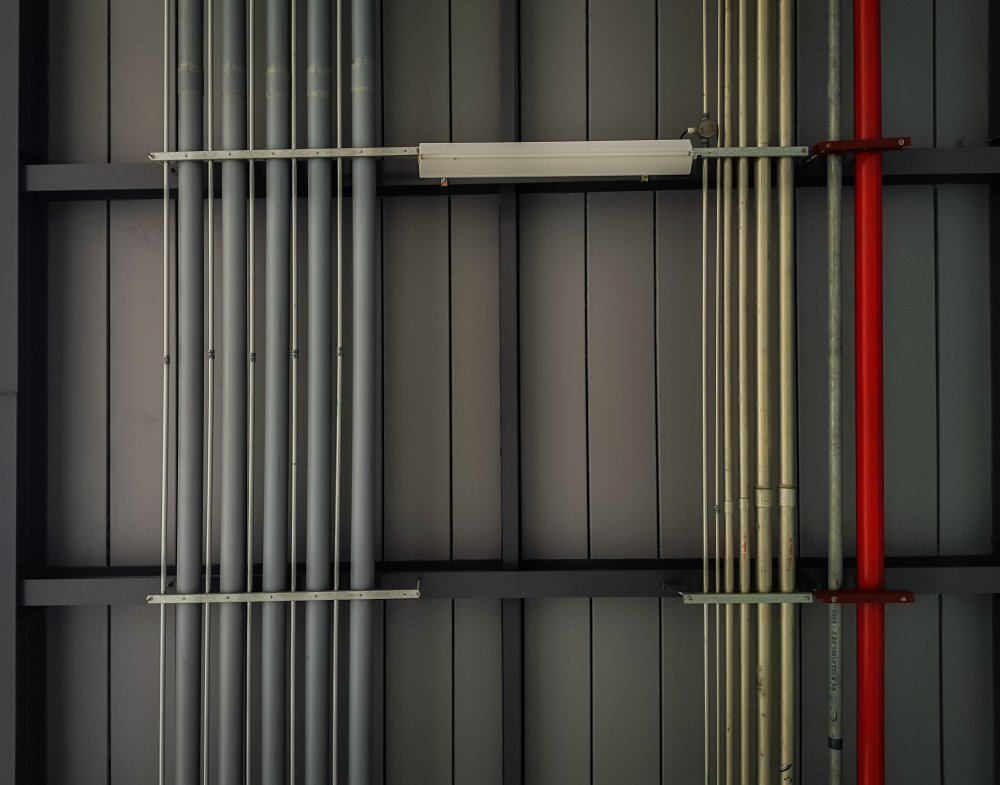Introduction
When it comes to keeping industrial and commercial vehicles in optimal condition, the radiator plays a crucial role. Heavy-duty vehicles, such as trucks, construction equipment, and agricultural machines, require robust radiators that can handle intense workloads. This guide will help you choose the best radiators for heavy-duty vehicles to ensure durability and efficiency. With expert tips, industry insights, and FAQs, we’ve got you covered.
What Makes Heavy-Duty Radiators Different?
Heavy-duty radiators are engineered to withstand harsher conditions compared to standard radiators. Here are some features that set them apart:
- Enhanced Cooling Efficiency: They are designed to handle higher levels of heat dissipation.
- Durable Construction: Materials like aluminum and copper enhance longevity.
- Larger Capacity: Heavy-duty radiators can manage greater volumes of coolant, making them perfect for industrial vehicles.
These features ensure that your vehicle’s engine stays cool even under the most demanding conditions. For insights into radiator types, visit Salama Radiators.
Key Factors to Consider When Choosing Heavy-Duty Radiators
Material Selection
The choice of material directly impacts the radiator’s durability and efficiency:
|
Material |
Durability | Heat Dissipation | Cost |
|
Aluminum |
High | Excellent |
Moderate |
| Copper-Brass | Very High | Superior |
Higher |
| Plastic | Low | Limited |
Low |
Pro Tip: For construction and mining vehicles, opt for copper-brass radiators due to their superior heat dissipation. You can explore options from trusted suppliers like Salama Radiators.
Cooling Efficiency
The cooling efficiency of a radiator depends on:
- Core design: Multi-row cores enhance cooling.
- Airflow: Check if the radiator is compatible with auxiliary fans.
- Fin density: Higher fin density promotes better heat exchange and prevents overheating during high-stress operations.
Compatibility
Ensure the radiator fits your vehicle model and engine type. Consult your vehicle’s manual or a professional mechanic to avoid compatibility issues. For tailored radiator solutions, check out Salama Radiators.
Why Radiator Maintenance Matters
Regular maintenance of heavy-duty radiators extends their lifespan and ensures optimal performance. Follow these maintenance tips:
- Inspect for Leaks: Check hoses and connections for signs of coolant leakage.
- Flush the Radiator: Perform a radiator flush every 12-24 months to remove sediment.
- Monitor Coolant Levels: Use the manufacturer-recommended coolant for best results.
- Clean External Fins: Regularly clean debris and dust off the radiator’s fins to maintain airflow.
Ignoring radiator maintenance can lead to overheating and costly repairs. Protect your investment with routine check-ups and timely replacements.
Special Considerations for Different Industries
Heavy-duty vehicles serve diverse industries, each with unique requirements for cooling systems. Here’s how radiators differ by industry:
- Construction Equipment: Requires robust radiators with high heat tolerance to handle prolonged operations under extreme conditions.
- Agriculture: Needs radiators with enhanced resistance to dirt and debris, ensuring consistent airflow.
- Logistics and Transportation: Focuses on lightweight, efficient radiators that support long-haul durability.
- Mining Operations: Demands copper-brass radiators for superior thermal management and resistance to abrasive environments.
Each industry benefits from selecting radiators tailored to its specific demands, ensuring peak performance and reduced downtime. Explore customized options with Salama Radiators.
FAQs About Heavy-Duty Radiators
1. How often should I replace a heavy-duty radiator?
Most radiators last between 5-10 years with proper maintenance. Replace them if you notice recurring overheating issues or visible corrosion.
2. Can I install a heavy-duty radiator myself?
While it’s possible, professional installation ensures proper fit and avoids complications that could arise from improper setup.
3. What coolant should I use for heavy-duty radiators?
Always use the coolant recommended by your vehicle’s manufacturer. Typically, heavy-duty coolants have additional anti-corrosion additives to protect the radiator.
4. Are aluminum radiators better than copper-brass ones?
Aluminum radiators are lighter and more affordable, while copper-brass radiators offer better heat dissipation and durability, making them ideal for industrial vehicles.
5. Why choose Salama Radiators?
Salama Radiators offers a range of durable, efficient, and compatible radiators tailored for heavy-duty applications. Their expertise in industrial cooling solutions ensures reliable performance.
Conclusion
Selecting the right radiators for heavy-duty vehicles is essential for maintaining performance and preventing engine damage. Prioritize factors like material, cooling efficiency, and compatibility when making your choice. Regular maintenance and choosing reliable brands like Salama Radiators can further enhance your vehicle’s durability. By investing in the right radiator, you’re ensuring the longevity and efficiency of your toughest vehicles, reducing downtime and maximizing productivity.



